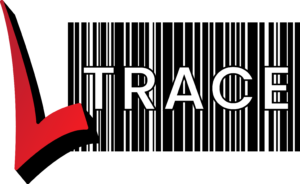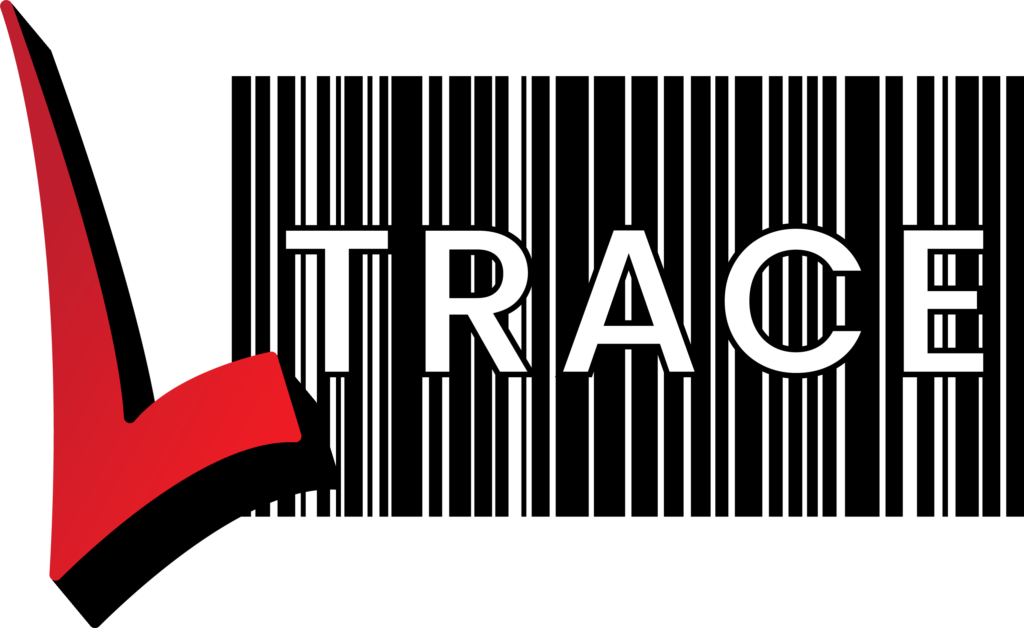Server
LTrace runs on SQL Server. Practically any recent version of SQL Server is sufficient.
Size
The size of the database will primarily depend upon
- the number of images stored in the database
- the number of labels printed each year
- the number of items in the system
A hospital database will typically get up to 10s of gigabytes.
Connectivity
Client
Application File
LTrace on most PCs is a single executable file. The file is not large (but modern standards).
A shortcut is typically installed on the desktop and start menu.
An optional “upgrade” shortcut may also be installed.
Additional files
In CSSD, additional files may include:
- barcode font
- printer drivers for label printer
- Brother p-touch interface
Version Control
A number of stored procedures will be initially installed to add tables, fields, indexes, views and stored procedures. These stored procedures are used as part of the version control and can be modified to suit your specific security requirements.
LTrace will automatically update a database to the required level. Most changes are normally additive (new things are added, not taken away) and typically multiple versions of a client can be used.
Where a change is not backwards compatible, the old client will be locked out.
New versions of the client can either be pushed out or manually pulled in by an update link. How client updates are rolled out is determined on a site by site basis.
Hardware
PCs
LTrace runs on a Windows platform. The application is not processor intensive and so entry level PCs are sufficient.
We recommend all-in-one computers with a touch screen if possible in CSSD.
LTrace can run on computers along with other software. The computer does not have to be dedicated.
We assume that you will provide and support the PCs. We also acknowledge that we will need to try and work within the security framework that you have in place.
Terminal servers
It is possible for LTrace to run on terminal servers, but we can’t offer any support in the specifics of how to make it run.
Scanners
Barcode scanners are required on most computers. The following types of scanners are used:
- wireless: Either bluetooth or wifi scanners are used to communicate with a computer. This is beneficial for where the user is scanning a short distance from the computer, or doesn’t want a cable to be on the desk. This is the recommended option in CSSD.
- wired: The lowest cost option is a cabled scanner. This is typically sufficient for theatre if budget is a key factor.
- device: A PDA style scanner allows the client functionality to be integrated into the scanner. This is recommended for store rooms and possibly scanning onto steriliser trolleys.
Printers
Within CSSD, the pack stations will need to have access to a laser printer. We recommend they have one each or share one between two. This provides convenient access to the count sheets. We assume you will provide and support the laser printers.
The pack stations will also require a specific label printer for the labels that will be placed on the outside of the items. We will provide the printer.
Interfaces
LTrace supports a number of interfaces to patient management systems, sterilisers and washers.
Unfortunately there is no generic information that can be provided. Each interface is different because LTrace has to work around what the other system does.
Common interface methods include:
- HL7 – In theory a medical “standard” but that’s too generous. It is more defined than JSON or XML, but still has a huge amount of scope for interpretation and implementation.
- Shared folder – A file is created with the required information. This is common with one way interfaces.
- FTP – This is an older version of the shared folder.
- API – Some equipment will provide an API to interact with the equipment. Trying to get this specification is often a battle.
- Serial port – Older equipment may have an RS-232 or RS-485 interface. The protocol needs to be documented.
- Executable parameter – The other system starts LTrace with parameters.
- TCP/IP port: Some equipment will connect to a port and talk directly. The protocol needs to be documented.
We can develop an interface to any system provided the other system has an interface in place.

